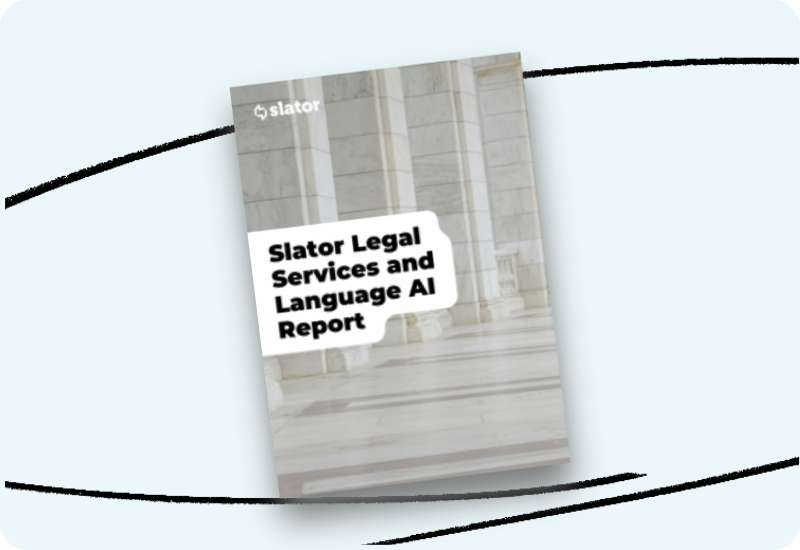Professional translation helps government agencies overcome language and cultural barriers to ensure effective communication with all language speakers within a population. Begin your translation journey today with our step-by-step guide to getting started.
Why Does My Government Agency Need Translation Services?
There are many advantages to translating governmental information. For a start, it will help your government agency communicate more effectively with its entire audience, especially limited-English and non-English speakers. Improving communication can help build trust within the community you serve, and make service delivery more efficient. Depending on the type of government agency, translations may also be required to ensure compliance with state and federal laws and regulations.

What Should My Government Agency Translate?
All types of government agencies use translation services, but the content they translate can vary according to their unique needs. For example:
-
- Courts – Federal, state, and local courts that receive money from the U.S. government translate all kinds of legal documents. This includes contracts, proposals, court transcripts, agreements, laws, witness statements, regulations, wills and testaments, birth certificates, bank deposits, immigration documents, and notarized documents, among many others.
-
- Federal agencies – Federal services such as the Social Security Administration and U.S. Citizenship and Immigration Service use translation extensively to communicate their services to speakers of languages other than English.
-
- Hospitals and Healthcare – Hospitals and healthcare entities that receive money from the U.S. government must translate information for patients with limited-English proficiency (LEP). Typically translated healthcare content includes website pages, flyers, signage, emails, patient intake forms, medical records, billing information, Vaccine Information Statements (VIS), and much more. Find out more about translation and interpretation for healthcare.
-
- Schools – Schools that receive money from the U.S. government must communicate information about relevant services, programs and activities to English Language Learner students and LEP parents and guardians in a language they can understand. This may include student handbooks, registration and enrollment information, grievance procedures, notices of school programs, nondiscrimination information, language assistance programs, parent handbooks, curriculum and eLearning content, report cards, talented and gifted programs, student discipline policies and procedures, special education and related services, parent-teacher conference information, safety manuals, and much more. Find out more about interpretation and translation services for education.
-
- State and Local Agencies – State and local government agencies receiving money from the U.S. government often use translation at places such as local social services, welfare, and unemployment offices. These agencies translate a wealth of information from forms, guides, signs, website pages, and more.
-
- Transportation – Transportation agencies receiving money from the U.S. Department of Transportation routinely translate forms, public transportation guides, signs, schedules, website pages, and other materials.
- Transportation – Transportation agencies receiving money from the U.S. Department of Transportation routinely translate forms, public transportation guides, signs, schedules, website pages, and other materials.

How Can My Government Agency Get Started with Translation?
Here are the key steps that any government agency should take to build an efficient translation program:
Step 1: Choose Your Languages
First, you will want to identify the most commonly spoken languages outside of English in the geographical area that your government agency serves.
According to the Census Bureau, more than 350 languages are spoken in U.S. homes. With such a large number of potential languages to consider, you will need to narrow down the most commonly spoken languages within the community you serve. The best way to do this is by accessing your state and local demographic data from the U.S. Census Bureau, as well as through the interactive map created by the Department of Education. Both are useful for filtering down to the most spoken languages used by LEP speakers in your community.
Step 2: Determine Your Content
Government agencies and departments interact with the people they serve in many different ways. For your translation program to be as effective as possible, start with the most visible or requested documents and content. Typical examples include guides, website pages, manuals, handbooks, legal documents, health and safety information, public service announcements, press releases, intergovernmental contracts, agreements, defense documents, interdepartmental communication, signage, sign-up forms, reports, policies, information on services, notices, and so on. Keep a record of any requests for material to be translated so that you can also address these requests.
Step 3: Select Your Vendor
Partnering with a reputable Language Service Provider (LSP) is the most cost-effective and dependable translation solution for government agencies. Choose a vendor that offers access to native speakers of a wide range of languages so that you can be sure it covers not only the languages you need today but also those that may be necessary for the future. You will also want to work with a vendor that has proven expertise in delivering language services for government agencies like yours, as well as one that provides quality customer service backed by systems to ensure accurate translations. Subject matter expertise in your agency’s line of work is also highly critical to high-quality and timely translations.
Any questions? Contact us today for additional guidance on how to establish an effective translation program.





